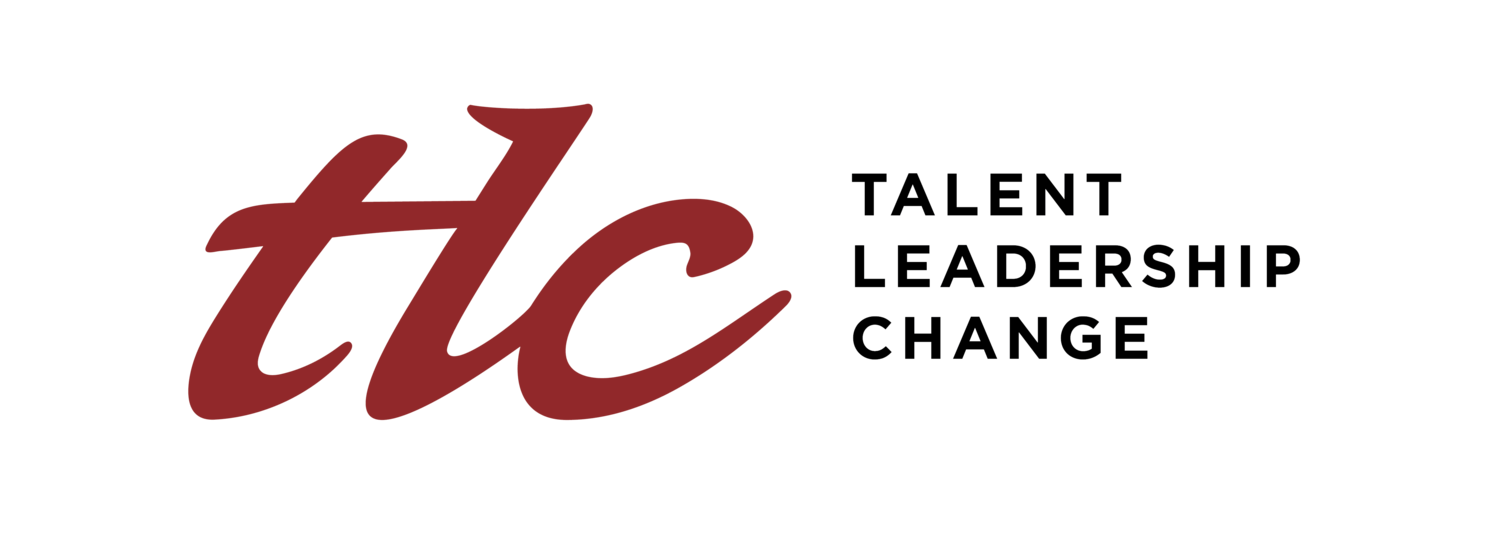BUILDING A DEEP BENCH
MY WORK is all about top talent, leadership, and change.
Of late, almost every chat I’ve had about brisk business and great prospects comes with a palpable sense of panic. It’s like going to war unarmed.
One senior vice president for human resources says it succinctly: “We have so much cash to deploy but not enough leaders to make it happen!” A CEO confides: “We can’t build a bench deep enough for requirements we anticipate. What more those we don’t?”
Clearly, leadership demand is outstripping supply, and no industry is exempt from this pressure to produce leaders in time.
What is driving this seeming lack of C-suite level executives? I suggest there are three factors at work: aging executives, technological disruption, and neglect of leadership development as a strategy.
The first two trends are easy to see. The youngest baby boomers – those born in the latter part of 1946 to 1964 – turn 51 in 2015. C-level executives, typically in their mid-50s, retire in the next five to seven years. Technology, the Internet, and the globalization of business have created a “new normal” fraught with complexity. Radically shifting markets and demographics call for leadership skills like speed, agility, and the ability to embrace ambiguity.
The third factor is less obvious, and that is part of the problem. Very few companies run effective leadership succession programs.
LEADERSHIP SUCCESSION DIRECTLY IMPACTS A COMAN'Y’S SUSTAINABILITY
A study by The Leadership Circle of more than 50,000 leaders across the world found that leadership effectiveness is strongly correlated with business performance. It accounts for 37.5% of how well a company does in terms of sales, revenue, market share, return on assets, and product development.
The response from companies is a mad rush to “buy or borrow and build” such leaders. While “buying” executives from outside brings in fresh perspectives and the grit to execute often painful restructuring plans, it can be very expensive and risky.
A former colleague and veteran executive, Gerry Ablaza, who now heads Manila Water after leading Globe Telecom for many years, says: “External talent is handicapped by having no sense of history. Corporations, like people, are living organisms.”
The upside is that companies are starting to bite the bullet. “High-potentials” are now being “built” with the whole package. These include “talent mapping and profiling”, individual development plans, fast track “stretch assignments”, executive coaching, mentoring, and the works.
Beyond the buzzwords, the times call for a revisit of leadership philosophy and strategy that results from such belief. As Ablaza, the first Filipino to be awarded by CNBC as the Asia Business Leader of the Year in 2004 admits: “Perhaps I was a good choice for the Globe CEO role in 1997, but I am surely not the best choice to lead Globe today.”
For conglomerates, “borrowing” talent from one business unit and moving them to another is a transition strategy. Yet, unless it is part of a more deliberate, integrated, and purposive program of action it becomes disruptive for the “lending” and “borrowing” organization.
There are no hard and fast rules, but one thing is clear: an organization’s future depends on its ability to identify, retain and prepare a reliable supply of next-generation leaders. The latest studies that surveyed the world’s best-led companies conclude there are two things they are doing right. First, high performing companies “take a determined and disciplined approach to help leaders develop and rise within their organizations”. Second, they build talent programs “nimble enough to respond quickly to market demands”.
Leadership succession directly impacts a company’s sustainability. As the Philippines realizes its growth potential, severe inadequacies in leadership talent development are being barred. A company’s leadership pool, like a country’s infrastructure, must be built well ahead of future needs and with a deep sense of mission.
With the Philippines being touted as one of Asia’s fastest-growing economies, the task of building a robust pipeline of excellent leaders becomes even more urgent. It is a crisis that is upon us now. The CEO who acts on this imperative is not only creating a strategic advantage for his firm that is hard to replicate. He is also helping build the nation.
*Published as a monthly Leadership Column in Forbes Philippines
